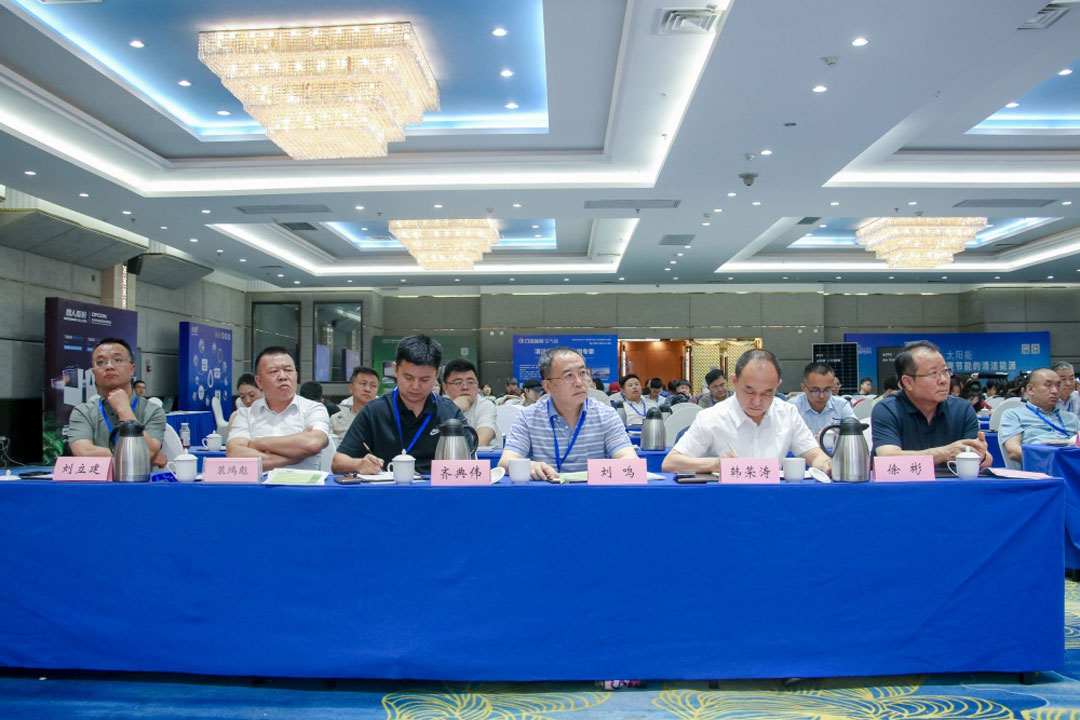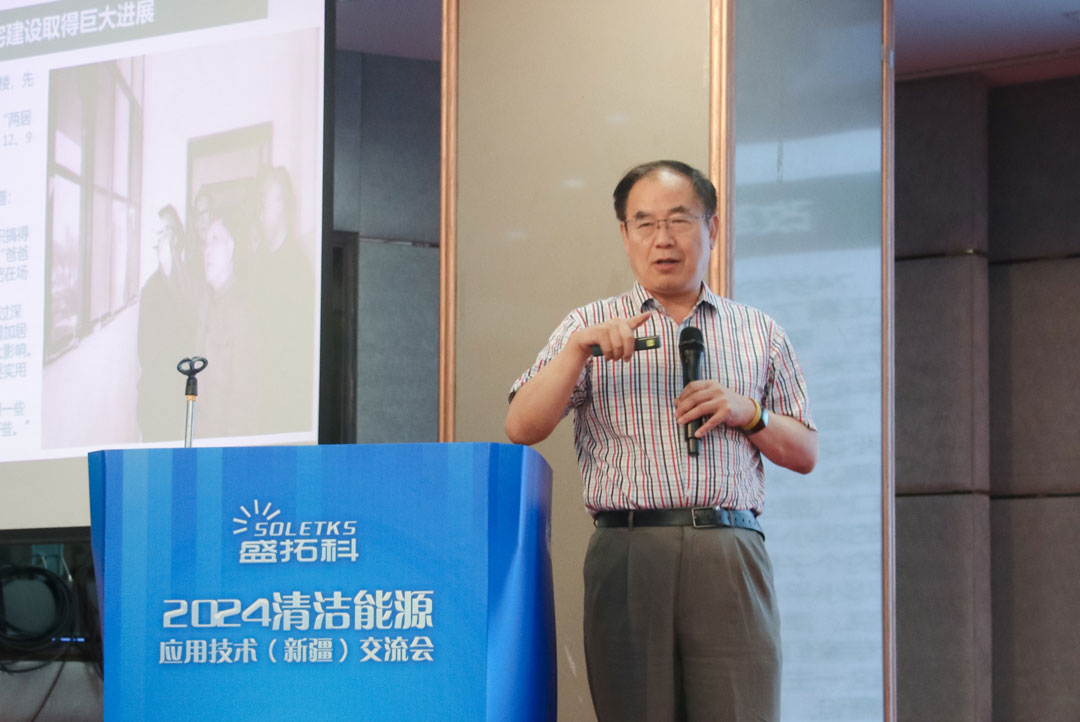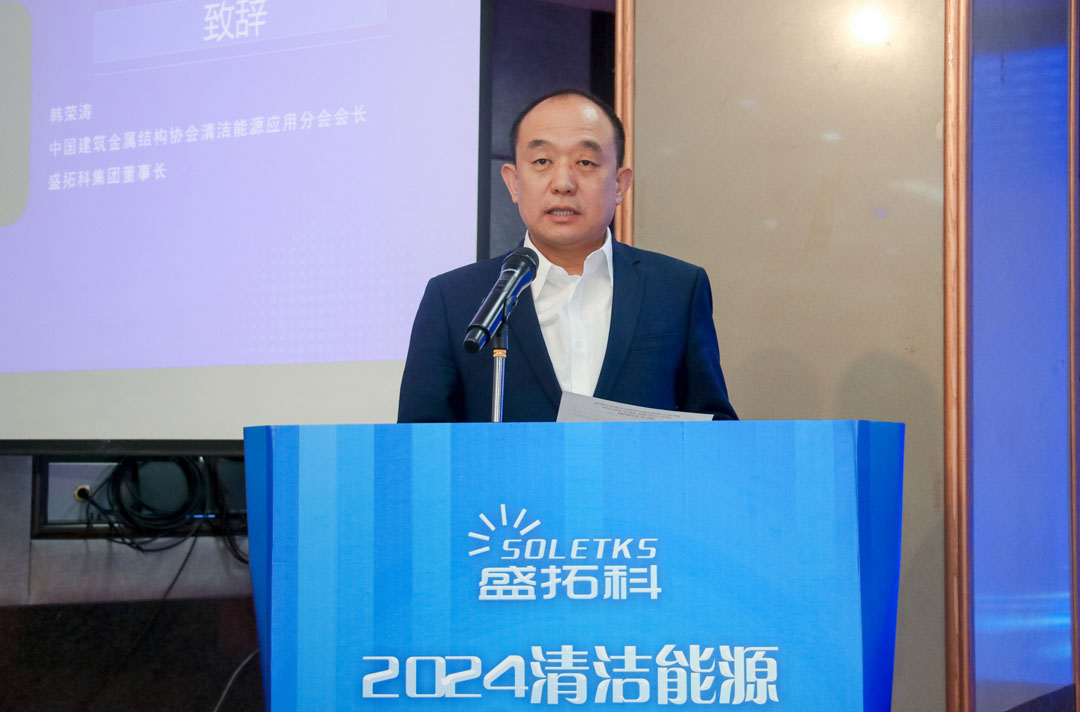2024 Clean Energy Application Technology Exchange Conference was held in Urumqi
2024 Clean Energy Application Technology (Xinjiang) Forum Successfully Held in Urumqi
Experts and Industry Leaders Share Insights on Clean Energy Transition and the “Dual Carbon” Strategy
On June 24, the 2024 Clean Energy Application Technology (Xinjiang) Forum was successfully held in Urumqi. The event brought together leading experts, scholars, and entrepreneurs from across China to discuss the current status, development trends, and future opportunities of clean energy technologies. The forum provided valuable insights for Xinjiang’s clean energy transition and China’s broader “dual carbon” goals.
Xinjiang: A Land Rich in Clean Energy Potential
Xinjiang ranks among the top regions in China for wind and solar resources. In recent years, the region has accelerated its clean energy transition by promoting renewable-based heating, improving residential heating conditions, enhancing air quality, expanding the use of renewables in buildings, and advancing solar PV building integration (BIPV). These efforts have laid a strong foundation for both regional green transformation and national carbon reduction targets.
Expert View: Smart Heating as the Future
During the forum, Han Aixing, former Deputy Director-General of the Department of Building Energy Efficiency and Technology at the Ministry of Housing and Urban-Rural Development, delivered a keynote speech.
He emphasised that “Smart heating systems that integrate multiple energy sources and enable precise heat metering are essential tools for tackling air pollution, addressing climate change, and ensuring the efficiency of heating enterprises.”
Han underlined that urban heating is a hallmark of modern cities. Yet, as heating coverage expands and heating seasons extend, carbon emissions are increasing. The challenge is how to provide comfort while reducing emissions. Smart heating, he noted, offers a clear solution, and the energy-saving potential of buildings remains vast.
Enterprise Perspective: Highlighting Solar Thermal
In his remarks, Han Rongtao, Chairman of Soletks Group and President of the Clean Energy Application Branch of the China Construction Metal Structure Association, pointed out that China’s current energy strategy tends to prioritise electricity over heat. However, direct conversion of renewable energy into heat is not only highly efficient but also economically attractive.
He highlighted that nearly 50% of total energy consumption in society is used for heating and cooling, and about 75% of this demand can be met by renewable energy. This finding aligns with research by Professor Fan Jianhua of the Technical University of Denmark, underscoring the significance of renewable heat in the global energy mix.
Han stressed that China is not only a global leader in clean energy utilisation by scale but also a pioneer in technological innovation, policy frameworks, and market mechanisms. Xinjiang, with its abundant natural resources, has become a key base for clean energy development, with wind and solar projects flourishing across the region. However, compared with electricity, the solar thermal sector still lags behind and needs accelerated innovation and investment.
Four Recommendations for Industry Growth
To drive progress in solar thermal utilisation, Chairman Han proposed four measures:
Innovation and Integration
Promote cross-sector and cross-industry collaboration, enhance hybrid applications of solar thermal with other energy sources, and deepen integration with digital technologies such as IoT and AI to improve system intelligence and efficiency.
Policy and Market Mechanisms
Optimise the business environment and establish clean heat trading mechanisms, using market-driven approaches and supportive policies to ensure sustainable growth.
Regional Synergy
Leverage Xinjiang’s unique resource advantages, integrating clean energy projects with regional development strategies, including rural revitalisation, industrial upgrading, and public welfare improvement.
International Cooperation
Strengthen global collaboration in solar thermal development and utilisation, advancing joint efforts to combat climate change and contribute to a shared future for humanity.
Outlook
The forum showcased Xinjiang’s achievements in clean energy while charting new directions for the future. Experts agreed that clean energy is vital for achieving carbon neutrality, and renewable heat must play a larger role in the energy structure.
With continued policy support and technological advances, the clean heating sector is set to enter a period of rapid growth. As a strategic hub for China’s energy transition, Xinjiang is expected to play an even greater role in shaping the country’s green and sustainable future.







